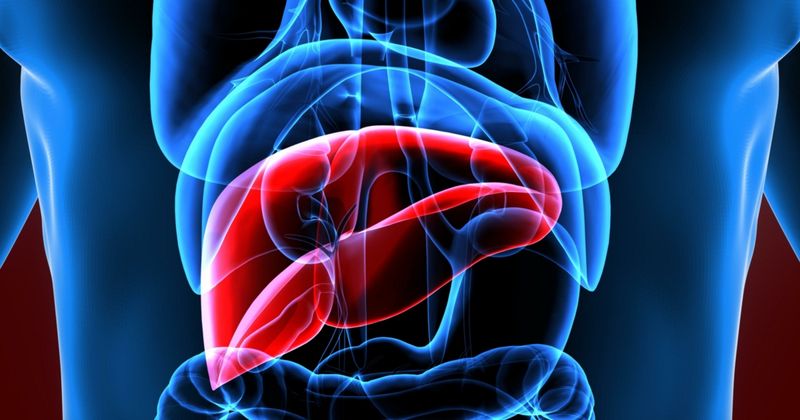Risk score has ‘superior ability’ to predict LT waitlist dropout among patients with HCC
Key takeaways:
- A higher HALT-HCC score correlated with increased dropout and decreased posttransplant survival at 5 years.
- Across several UNOS policy changes, the score’s accuracy remained stable.
A continuous risk score accurately predicted waitlist dropout and post-liver transplantation outcomes in patients with hepatocellular carcinoma, even over the course of several UNOS policy changes, researchers reported.
“Multiple policy updates to the exception point system have been needed to adjust for practice changes and to balance transplant equity between HCC and non-HCC patients,” Miho Akabane, MD, of the division of abdominal transplant at Stanford University Medical Center, and colleagues wrote in Clinical Gastroenterology and Hepatology. “The Hazard Associated with LT for HCC (HALT-HCC) score has been previously reported as an effective continuous metric for predicting various outcomes in LT for HCC, including response to locoregional therapy and post-LT recurrence and survival, offering advantages over dichotomous morphology-based scores.

“However, its initial design focused on evaluating post-LT outcomes, and there have been no studies exploring its role in stratifying waitlist dropout risk.”
Using the UNOS database from 2012 to 2021, Akabane and colleagues developed and validated a competing risk model to assess HALT-HCC’s accuracy vs. other HCC risk scores in predicting waitlist dropout and post-transplant outcomes among 23,858 LT candidates with HCC. Researchers divided the study period into three policy eras: pre-“Delay and Cap” (January 2012-September 2015), “Delay and Cap” (October 2015-April 2018) and median MELD at transplant minus 3 points (MMaT-3) (May 2019-December 2021).
According to results, the median HALT-HCC score at listing was 10.1, which decreased over the policy change eras to 10.8, 9.6 and 9.3, respectively. More than half of candidates (59.9%) underwent LT while 21.8% dropped from the waitlist at a median of 258 days, with era-specific durations of 239 days, 267 days and 268 days, respectively. The median HALT-HCC score among dropout candidates was 11.8 compared with 10.3 among those who underwent LT.
Researchers also reported that higher HALT-HCC scores correlated with increased dropouts and decreased overall post-LT survival at 5 years. Compared with other HCC risk scores, HALT-HCC demonstrated the highest area under the receiver operating curve values for predicting LT dropout (0.68 at 6 months; 0.66 at 1 year), with “excellent calibration” at each timepoint (R2 = 0.95 and 0.88, respectively).
Despite policy changes, the model’s accuracy remained stable, the researchers said. Brier scores at 6 months and 1 year in the pre-“Delay and Cap” era were 0.07 (95% CI, 0.06-0.08) and 0.11 (95% CI, 0.1-0.12), 0.06 (95% CI, 0.05-0.07) and 0.11 (95% CI, 0.1-0.12) in the “Delay and Cap” era and 0.06 (95% CI, 0.05-0.7) and 0.12 (95% CI, 0.11-0.14) in the MMaT-3 era. In addition, HALT-HCC’s accuracy remained stable with or without application of locoregional therapy.
“This study highlights HALT-HCC’s superior ability to predict waitlist dropout, across several UNOS policy changes including the current MMaT-3 environment,” Akabane and colleagues wrote. “High dropout risks indicated by HALT-HCC correlated with less favorable post-LT overall survival and increased recurrence rates. Moreover, HALT-HCC identified patients with a low-recurrence risk that received high priority in the current system.”
They continued: “These findings underscore the value of incorporating a continuous scoring system in decision-making for HCC patients. Further research is warranted to develop a new allocation metric using HALT-HCC to prioritize the sickest patients, optimize organ use and enhance survival benefit.”
